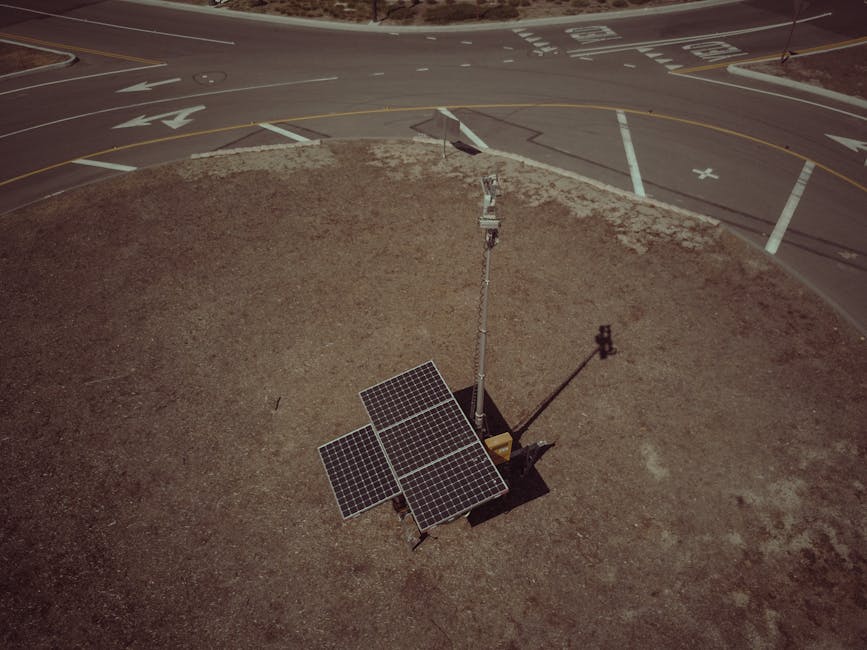
The Intersection of Technology and Deception Detection
In today’s rapidly advancing world, the intersection of technology and deception detection is becoming increasingly significant. With the rise of digital communication, the need for reliable methods to detect deception is more crucial than ever. This blog post explores the ways technology is transforming deception detection, providing insights into current methods, challenges, and the future of this fascinating field.
The Evolution of Deception Detection
The art of detecting deception has been around for centuries, from ancient polygraph tests to modern-day lie detectors. However, traditional methods often fall short in accuracy and reliability. According to a study by the National Academy of Sciences, polygraphs are accurate only about 60% of the time. This has paved the way for technological advancements in deception detection.
Artificial Intelligence in Deception Detection
Artificial intelligence (AI) is revolutionizing deception detection by analyzing vast amounts of data with speed and precision. AI algorithms can evaluate facial expressions, voice tones, and even text patterns to identify potential deception. For instance, a study by Cornell University demonstrated that AI could detect deception in text with up to 70% accuracy, surpassing human capabilities.
Voice Analysis and Emotion Detection
Voice analysis technology has emerged as a powerful tool in deception detection. By examining vocal pitch, tone, and stress levels, these systems can identify subtle cues that may indicate lying. Companies like Nemesysco have developed voice analysis software that boasts an accuracy rate of over 80%. Such advancements are particularly useful in security screenings and customer service interactions.
Challenges in Technology-Driven Deception Detection
While technology presents promising solutions, there are still significant challenges to overcome. One primary concern is the ethical implications of using AI in deception detection. Privacy issues arise when personal data is analyzed without consent, leading to potential misuse and data breaches.
Accuracy and Bias
Another challenge is ensuring the accuracy and fairness of AI systems. Bias in algorithms can lead to incorrect assessments, disproportionately affecting certain groups. For example, a study by MIT revealed that facial recognition software misidentified faces of darker-skinned individuals at a higher rate than lighter-skinned ones.
The Future of Deception Detection Technology
Despite these challenges, the future of technology in deception detection looks promising. Continuous advancements in machine learning and data analytics are expected to enhance the accuracy and efficiency of these systems.
Integration with Other Technologies
Deception detection technology is increasingly being integrated with other innovations, such as virtual and augmented reality. Imagine virtual interviews where AI analyzes not just words, but visual cues in a 3D environment, providing a more comprehensive assessment of truthfulness.
Real-World Applications
The applications of technology in deception detection extend far beyond law enforcement. In the corporate world, companies are using these tools to improve hiring processes, ensuring candidates are truthful about their qualifications. Additionally, online dating platforms are leveraging AI to detect deceptive behavior, fostering safer environments for users.
Actionable Tips for Leveraging Technology in Deception Detection
For those interested in adopting technology for deception detection, here are some practical tips to consider:
- Stay Informed: Keep up with the latest advancements in AI and machine learning to ensure you’re using the most effective tools.
- Ensure Ethical Use: Prioritize privacy and consent when implementing technology-driven solutions.
- Address Bias: Regularly audit and update algorithms to minimize bias and improve accuracy.
Conclusion
The intersection of technology and deception detection represents a significant leap forward in our ability to discern truth from lies. While challenges remain, the potential benefits are immense, from enhanced security measures to improved personal interactions. As technology continues to evolve, so too will our methods for uncovering deception, paving the way for a more transparent and honest world.
